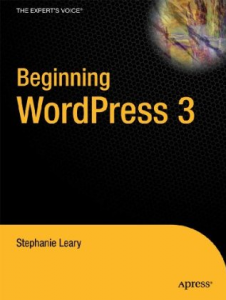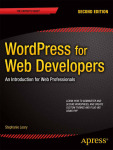Just finished watching This Film Is Not Yet Rated, the documentary about the MPAA’s ratings board. It was, shall we say, eye-opening. There are three threads to its narrative: clips, quotes, and interviews with MPAA members; interviews with filmmakers who have had to modify their work to achieve a less restrictive rating; and an investigation into the board’s inner workings.
The MPAA people come off as reprehensible, for the most part. Jack Valenti goes around claiming that the ratings have no effect on filmmakers’ freedoms… never mind that their studio contracts specify the ratings the finished films must receive, and that NC-17 movies can’t be advertised on TV and won’t be shown in most theaters.
No effect. Right.
The filmmakers interviewed voiced several common complaints. The board permits ridiculous levels of violence in PG-13 movies, but nudity and depictions of sex rate an R. Depictions of weird sex — which, to the board, includes gay sex, sex in all but two positions (!), and a bunch of other not very naughty things — will get you an NC-17. There was one fascinating sequence where nearly identical sex scenes from movies were compared side by side: gay couples, rated NC-17, and straight couples, rated R. Nearly identical shots; different ratings. There was also a fair amount of evidence that the board is uncomfortable with depictions of female pleasure, since long orgasms and masturbation scenes were rated differently for men and women.
*steph pauses to ponder the effect this post will have on search engine hits for this blog*
The investigation thread was my favorite. The director went on a quest to find out who’s on the ratings board. This involved hiring a private detective and filming parts of the investigation, amid much hilarity. They succeeded, and things get really interesting when the director submits his documentary to the board for a rating, at which point the members learned that they’d been secretly filmed and their identities were being revealed. Naturally, since this film shows clips of things that have been censored out of other films, it got an NC-17. (It was released as “not rated.”) The rating was appealed, and the investigation moved into a second phase: find out who’s on the appeals board and how that process works.
Why the hell does the appeals board include Catholic and Episcopalian priests? Why aren’t other religions represented? Why aren’t other kinds of representatives — say, some gay parents? — on the board as well? Why are almost all the board members executives from film production companies and theater chains?
It’s a fascinating movie. It’s very lighthearted and funny, despite the fact that the director is clearly angered by the censorship this formerly anonymous group exerts over American culture. There’s an interesting bit about how the military’s demands have to be met if military settings or equipment (e.g. an aircraft carrier, helicopters, etc.) need to be used in a movie. There’s a little bit about the history of the MPAA and some comparisons between American ratings and other countries’. And there are some very candid interviews with directors who are angry, yes, but mostly baffled and hurt by the board’s capricious and often hypocritical decisions. Kevin Smith is especially charming as he describes his ideal rating criteria.
My rating: five stars; suitable for adults and mature teens; highly recommended.




Leave a Reply